Author:Melissa Bryant | TIME:September 30, 2019
European recycling rate reached 73%
According to the latest data released by the European Container Glass Federation (FEVE), Spain broke this historical record at 70% in recycling rate, surpassing the UK.
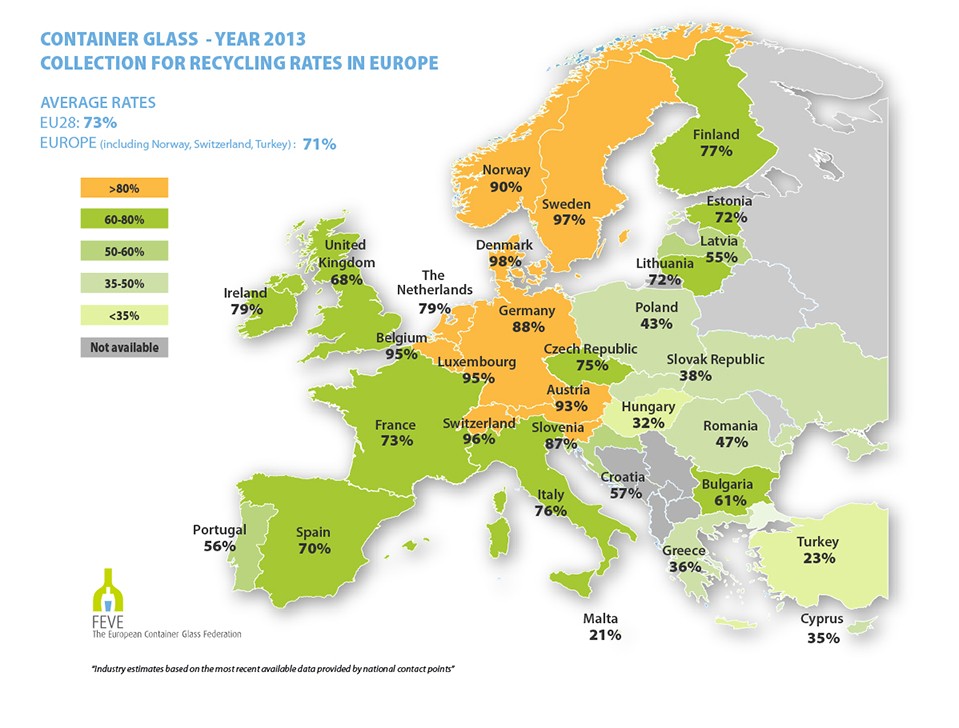
With more than 25 billion recycled glass containers, the industry is one of the best examples of the circular economy. Exceeding 90% Denmark, Sweden, Belgium, Luxembourg, Austria, and Germany are among the countries with the highest European recycling rates, especially Denmark 98%.
On the other hand, Italy (76%), the Netherlands (79%) and Malta (21%) grew faster than in previous years, while the Eastern countries got closer too. In this way, Europe has become a continent with the highest recycling rate in the world.
Glass recycling directly affects the environmental footprint of the glass packaging industry, saving energy and raw materials and creating more than 125,000 stable jobs in Europe. In Spain, for example, the glass container industry created about 11,000 jobs, contributed 860 million euros to GDP, and served as an engine and export support.
In 2010, Americans produced 11.5 million tons of municipal solid waste glass, 3 million tons in 2015.
Approximately 27% of the glass is recycled for reuse.
Glass recycling increased from 750,000 tons in 1980 to 3 million tons in 2010.
Food, soft drinks, beer, wine, and alcoholic beverage containers are the largest source of glass for production and recycling.
Furniture, home appliances, and especially electronics are other sources of the glass.
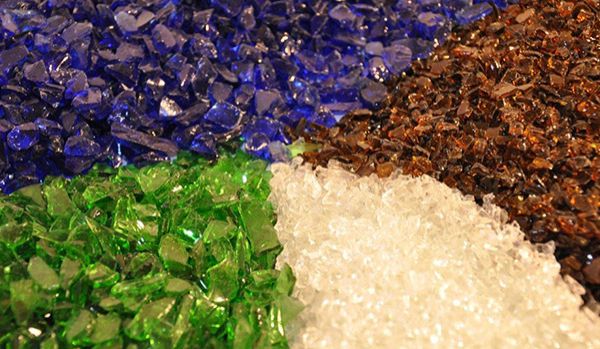
Glass is made by fusing silica sand with soda or potash. The inconvenience of glass is not in its quantity, because there is enough glass on the whole planet, and it has no great use. But its transportation costs are high, and natural degradation takes thousands of years. For every cubic centimeter of glass produced, 155 kilograms of garbage will be produced.
In addition to producing less waste, the glass made from recycled materials can prevent 20% of air pollution, 50% of water pollution, and save enough power to keep the 60-volt bulbs lit for 4 hours during lighting.
The glass component will decompose in about 5,000 years. In some underdeveloped countries, they are always recycled: wanderers travel to cities, collect bottles and other glass products, and then bring them to recycling companies. If no one has to return them to the store where you purchased them, then a company will look for them.
When bottles get there, they will be separated according to their color and composition. They are then washed and broken into small pieces. They melt at high temperatures and reshape.
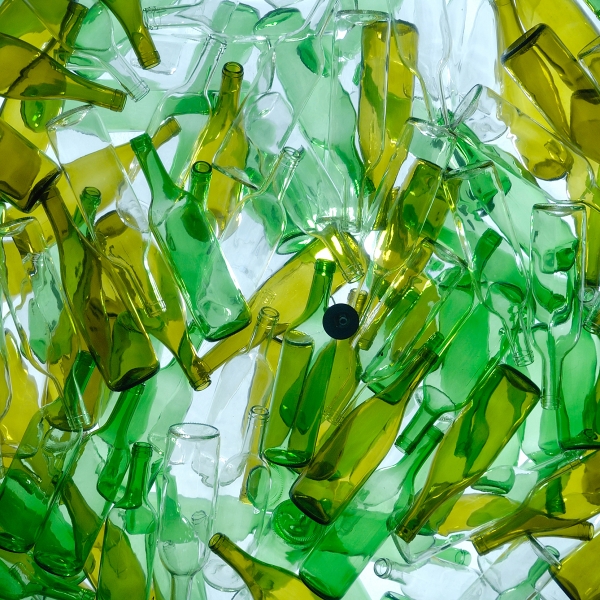
Glass container manufacturers need a constant supply of quality waste to make glass containers. 90% of recycled glass is used to make new glass containers, and the demand for quality glass waste is greater than the supply. Therefore, high-quality glass waste does not contain contaminants or residues that may limit its use in manufacturing.
High-quality glass scrap can be used for abrasives, decorative applications, fiberglass and foundry metal processing. Low-quality glass waste is increasingly used in secondary applications such as fiberglass insulation, reflective safety beads, and decorative tiles.
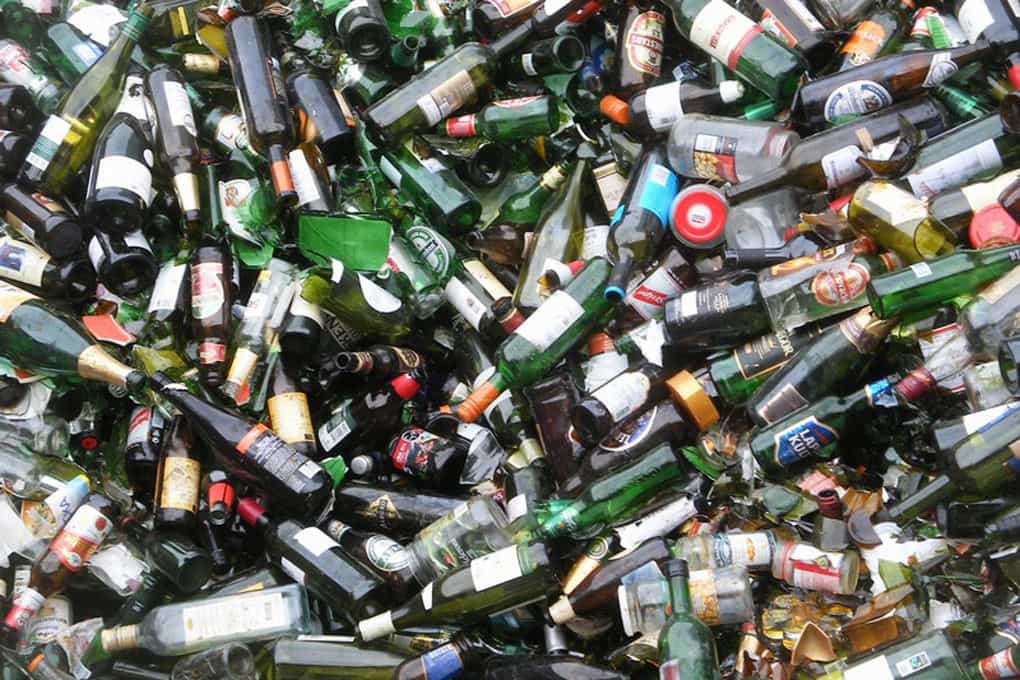
Protect natural resources
Recycle glass bottles protects natural resources such as trees, water, and minerals to protect the environment for future generations.
Reduce the need for landfills
Glass recycling reduces the need for landfills and incinerators because less material is sent to waste treatment facilities when materials are recycled.
Avoid pollution
Recycling prevents pollution and reduces greenhouse gas emissions caused by the extraction and processing of raw materials.
Save energy
Recycling eliminates the need to extract and process raw materials, saving energy.
Create jobs
Glass recycling helps create new jobs in the US for recycling and manufacturing.
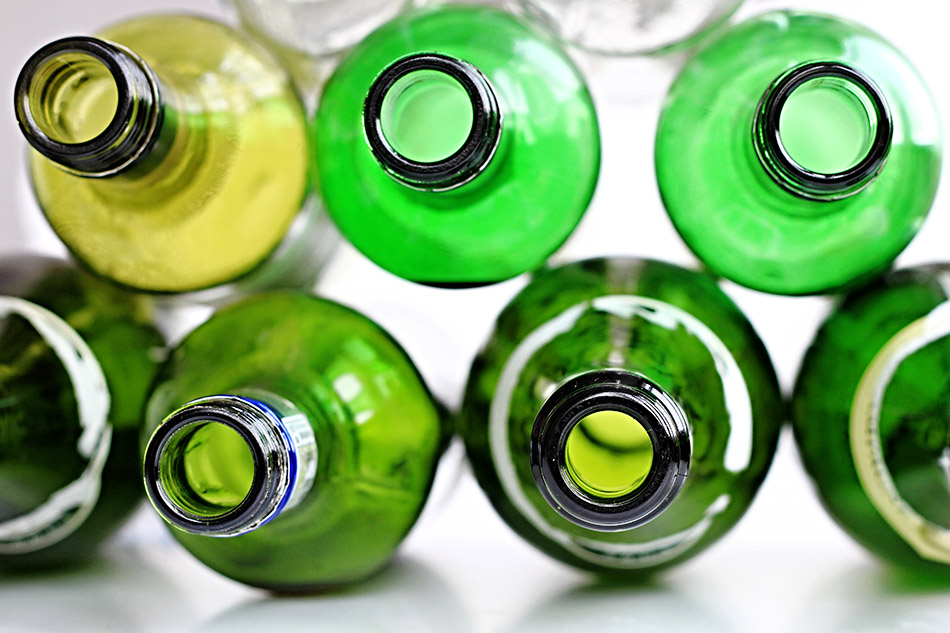
For centuries, glass has been used as a general packaging container for luxury foods such as wine and olive oil. Today, manufacturers use glass for everything from soft drinks to perfumes.
The glass in many items from soda bottles to personal computers can be used repeatedly without losing strength. Glass recycling provides unparalleled productivity and significant environmental benefits.